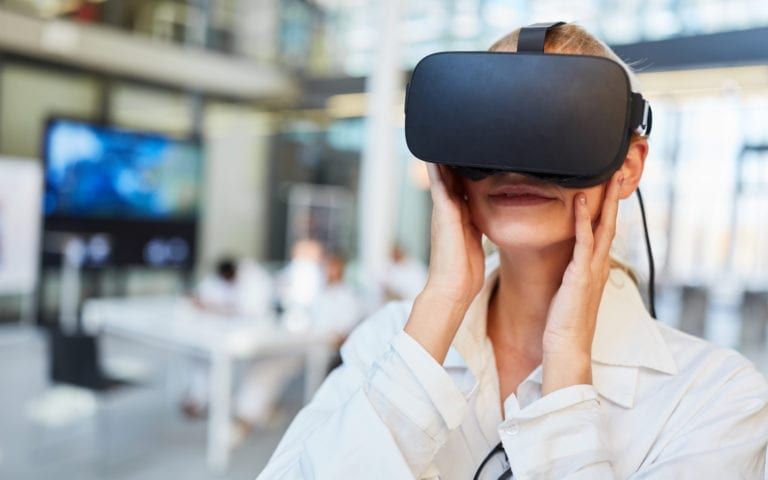From how we communicate healthcare to how we receive it, technology has dramatically moved forward to how people receive dental care. These modern advances have introduced new ways of educating patients and dentists on our oral anatomy and have ultimately shaped the way people care for their teeth and gums. Some of these technologies are even still in their earliest stages, and research looking into the impact of technology has found some new innovations that can potentially change the way people approach dentistry from an unlikely source.
How Virtual Reality Impacts Dental Care
Virtual reality has become one of the essential modern technologies to advance the medical field. With its origins in the video game industry, virtual reality has made it possible to overlay our real world with augmented reality and introduce new ways to communicate and interact with information. Virtual reality has been explored by the medical field through its ability to immerse the person into the environment and allow them the ability to interact with the virtual world like never before. Its ability to reshape the medical field has allowed it to advance medical care through:
Training Dentists: Virtual reality has given dentists and medical professionals a more significant role in emphasizing education. Through augmented reality, dentists can simulate procedures and emulate environments that help to enhance the skills needed to tackle real-world problems.
Teach Patients: Augmented reality has also helped educate children to care for their teeth through the use of interactive video games. By allowing them to use technologies like the Xbox Kinect, children can learn proper brushing techniques, see where what areas they’ve missed, and improve their oral hygiene habits overtime.
Interactive Data: Virtual reality has also given dentists the ability to observe the procedures used and improve on their techniques. It has also allowed them to look at patient data through a more immersive lens and help improve the ways dentists help treat patient’s oral health problems more efficiently.
What We See In The Future Of Dentistry
Virtual reality has begun to leave its mark on the future of dentistry and has set the stage for future advancements. However, it isn’t the only technology that’s finding its place in dentistry. Along with virtual reality and augmented reality, further advances in CAD/CAM technology has helped patients receive more accurate restorations through digital data scanning and less invasive methods. 3D printing has given dentists the ability to develop restorations right at their office home. Other forms of robotics have further advanced surgical procedures to fine-tune minimally invasive surgeries and give people a lower failure rate for recovery. Among many of these technologies, more straightforward, more accessible products such as smart toothbrushes have helped people find better ways to care for their teeth right at the comfort of their own home.
At present, computer-based technologies have well established new modalities for treatment and continue to grow from there. If you’re curious about what technologies your dentists have, contact their office to find out what they believe the future holds.




